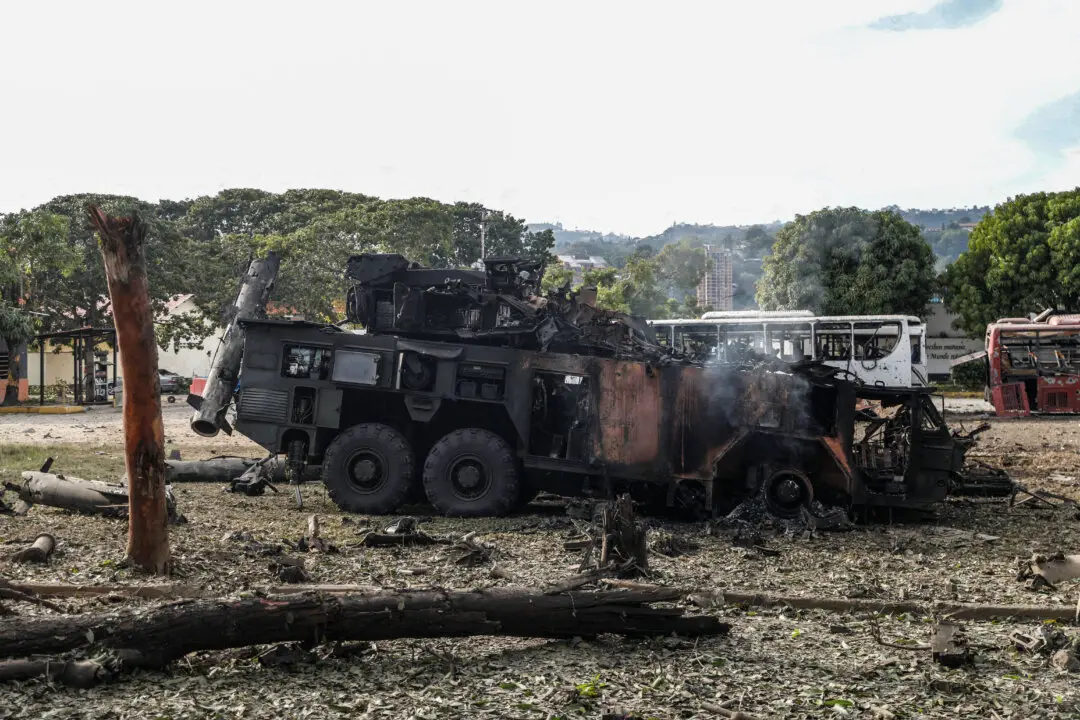An Indiana farm’s sewer project unearthed 13,000-year-old mastodon bones in April, according to reports.
The Schepman family said they first thought chicken or cow remains were found when they unearthed the ancient bones, reported The Seymour Tribune.





